In today’s competitive business landscape, focusing on customer loyalty is more crucial than ever. While acquiring new customers is important, retaining existing ones can lead to significant long-term benefits.
By implementing effective retention strategies, businesses can foster a loyal customer base, driving repeat sales and positive word-of-mouth. This not only boosts revenue but also enhances a company’s reputation and competitiveness in the market.
Table of Contents
What’s the cost difference between acquiring and retaining a client?
Acquiring a new client is typically much more expensive than retaining an existing one. Businesses often spend significantly on marketing, advertising, and onboarding to attract new customers, whereas retaining clients relies on building trust, delivering value, and maintaining relationships, which usually costs less. In fact, studies show that increasing client retention by just 5% can boost profits by 25% to 95%, highlighting the cost-effectiveness of keeping current clients versus constantly seeking new ones.
How can loyalty programs increase retention rates?
Loyalty programs increase retention rates by giving customers tangible rewards and incentives to keep coming back. When customers feel valued and recognized, they are more likely to make repeat purchases and stay engaged with a brand. These programs also create a sense of belonging and encourage long-term relationships, turning occasional buyers into loyal advocates. Over time, this consistent engagement reduces churn and boosts overall customer lifetime value.
Are You Struggling to Understand Why Some Businesses Keep Customers Coming Back While Others Constantly Chase New Leads?

In today’s competitive business landscape, the truth is clear: acquiring new customers is only part of the equation. While attracting fresh clients may give your business a temporary boost, the real driver of sustainable growth and long-term success lies in retaining the customers you already have. Studies show that acquiring a new customer can cost up to five times more than keeping an existing one, making retention not only a smarter financial decision but also a strategic necessity.
By focusing on [insert keyword], your business can unlock a range of benefits that go far beyond immediate sales. Loyal customers are more likely to make repeat purchases, spend more per transaction, and recommend your brand to others—creating a compounding effect that drives both revenue and reputation. This isn’t just about numbers; it’s about building meaningful relationships. Emotional connections, trust, and consistent experiences foster loyalty that turns occasional buyers into passionate brand advocates. Imagine a customer base that grows naturally over time, not just through marketing spend but through genuine satisfaction and engagement.
Effective retention strategies—like personalized communication, loyalty programs, proactive customer service, and surprise-and-delight tactics—empower your business to exceed expectations at every touchpoint. With the right approach, you can anticipate customer needs, deliver tailored experiences, and make every interaction feel personal and rewarding. Technology plays a pivotal role here: CRM systems, AI-powered insights, automation tools, and mobile engagement platforms allow you to understand behavior, predict preferences, and deliver the right message at the right time. The result? Stronger relationships, higher lifetime value, and a stable revenue foundation that positions your business ahead of the competition.
Consider the examples of industry leaders like Amazon and Starbucks. They didn’t just dominate through marketing; they created retention-focused cultures where existing customers feel valued, understood, and rewarded. Smaller businesses can achieve the same by embedding loyalty strategies into their operations, turning every satisfied customer into a potential ambassador for their brand. This approach not only reduces churn but also builds a community that consistently supports your growth.
At The Spin Gage, we specialize in helping businesses like yours implement these retention strategies effectively. Through [insert keyword], we help you increase customer lifetime value, foster repeat purchases, and cultivate brand advocacy that accelerates growth.
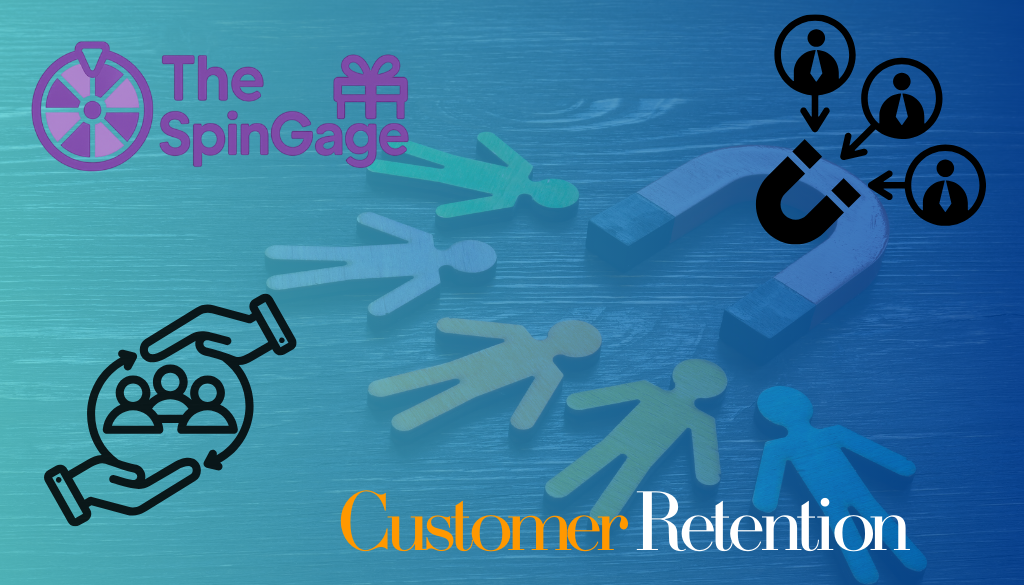
Every step, from data-driven personalization to loyalty program optimization, is designed to ensure your customers remain engaged and invested in your brand for the long term.
Don’t wait to let opportunities slip away. Harness the power of customer retention today, transform occasional buyers into lifelong advocates, and watch your business thrive like never before.
Start Maximizing Customer Loyalty Now
The Cost Comparison: Retention vs. Acquisition
The financial impact of customer retention versus acquisition is a pivotal concern for companies aiming to optimize their growth strategies. Understanding the costs associated with both approaches is essential for making informed decisions.
The 5x Rule: Why Acquiring New Customers Costs More
Acquiring a new customer can cost five times more than retaining an existing one. This “5x Rule” is a widely accepted principle in business, highlighting the significant disparity in costs between customer acquisition and retention. The expenses associated with marketing, advertising, and promotional activities to attract new customers are substantial.
Hidden Costs of Customer Acquisition
Beyond the direct costs, there are several hidden costs associated with customer acquisition, including:
- The cost of promotional offers and discounts to first-time customers
- Investment in technology and infrastructure to support new customer onboarding
- The opportunity cost of diverting resources from retention to acquisition efforts
The Long-term ROI of Retention Strategies
In contrast, investing in customer retention yields a higher long-term ROI. Retained customers are more likely to make repeat purchases, refer others, and become brand advocates. The cumulative effect of these actions is a significant boost to a company’s revenue and profitability over time.
By focusing on retention, businesses can reduce their overall retention costs while maximizing the lifetime value of their customers. This strategic approach not only enhances customer loyalty but also contributes to a stable and predictable revenue stream.
Understanding the Value of Existing Customers
Loyal customers are a business’s most valuable asset, driving repeat purchases and fostering brand advocacy. The significance of existing customers lies in their ability to contribute to a company’s revenue and growth in multiple ways.
Repeat Purchase Patterns and Lifetime Value
One of the key benefits of having existing customers is their potential for repeat purchases. By analyzing repeat purchase patterns, businesses can better understand customer behavior and tailor their strategies to maximize customer lifetime value (CLV). CLV is a crucial metric that represents the total value a customer brings to a business over their lifetime.
For instance, a customer who frequently buys from a brand is likely to have a higher CLV than a one-time purchaser. By focusing on increasing CLV, businesses can drive long-term growth and profitability.

Higher Average Order Values from Loyal Customers
Loyal customers tend to have higher average order values (AOV) compared to new customers. This is because they are more familiar with the brand and are more likely to make larger or more frequent purchases. By nurturing these customers, businesses can increase their AOV and, consequently, their revenue.
For example, a loyalty program that rewards customers for repeat purchases can encourage them to spend more per transaction, thereby increasing AOV.
Brand Advocacy and Word-of-Mouth Marketing Benefits
Existing customers who are satisfied with a brand can become powerful brand advocates. They are more likely to recommend the brand to friends, family, and online communities, generating valuable word-of-mouth marketing. This form of marketing is particularly effective because it is based on personal recommendations, which are often considered more trustworthy than traditional advertising.
By fostering a positive customer experience and encouraging brand loyalty, businesses can create a loyal customer base that drives both repeat business and new customer acquisition through advocacy.
The Psychology Behind Customer Loyalty
The bond between a customer and a brand is not just transactional; it’s deeply psychological, influencing loyalty and retention. Customer loyalty is a complex phenomenon driven by various psychological factors.
Building Emotional Connections with Your Brand
Creating an emotional connection with customers is pivotal. When customers feel emotionally invested in a brand, they are more likely to remain loyal. This connection can be fostered through shared values, memorable experiences, and personalized interactions.
Trust as the Foundation of Long-term Relationships
Trust is the cornerstone of any long-term customer relationship. It’s built through consistent, reliable service and transparent communication. When customers trust a brand, they’re more likely to forgive minor mistakes and continue their loyalty.
The Role of Consistency in Customer Experience
Consistency in customer experience is crucial for reinforcing loyalty. This includes maintaining quality, ensuring timely delivery, and providing uniform service across all touchpoints. Consistency breeds familiarity, which in turn fosters loyalty.
In conclusion, customer loyalty is deeply intertwined with psychological factors such as emotional connections, trust, and consistency. By understanding and leveraging these elements, businesses can cultivate a loyal customer base that drives long-term success.
Proven Customer Retention Strategies That Work
Effective customer retention is crucial for businesses looking to sustain growth and build a loyal customer base. To achieve this, companies must implement strategies that foster strong relationships with their customers.
Personalization at Scale
Personalization is key to making customers feel valued and understood. By leveraging customer data, businesses can create tailored experiences that resonate with their audience.
Customer Data Collection and Analysis
Collecting and analyzing customer data is the foundation of personalization. This involves gathering information on customer behavior, preferences, and purchase history to create detailed profiles.
Implementing Personalized Communications
Once customer data is analyzed, businesses can implement personalized communication strategies. This includes sending targeted emails, offering personalized product recommendations, and creating customized content that speaks to individual customer needs.
Loyalty Programs That Drive Results
Loyalty programs are a powerful tool for retaining customers. By offering rewards and incentives, businesses can encourage repeat purchases and foster a sense of loyalty among their customer base.
- Points-based systems that reward customers for purchases
- Tiered programs that offer increasing benefits as customers reach certain milestones
- Exclusive offers and early access to new products for loyalty program members
Proactive Customer Service Approaches
Proactive customer service involves anticipating and addressing customer needs before they become issues. This can include proactive outreach, timely issue resolution, and personalized support.
The Power of Surprise and Delight Tactics
Surprise and delight tactics involve going above and beyond to surprise customers with unexpected gestures or rewards. This can create a lasting impression and foster a deep sense of loyalty.
By implementing these proven customer retention strategies, businesses can build strong, lasting relationships with their customers, driving long-term growth and success.
Why Customer Retention Should Be Your Top Priority
Making customer retention a top priority is essential for companies aiming to build a loyal customer base and drive long-term revenue. In a competitive market, retaining customers is just as important as acquiring new ones.
The benefits of prioritizing customer retention are multifaceted. One of the most significant advantages is the compounding effect of loyal customers. As customers continue to return to your business, their lifetime value increases, contributing to a stable and predictable revenue stream.
The Compounding Effect of Loyal Customers
Loyal customers are more likely to make repeat purchases, refer others to your business, and become brand advocates. This loyalty creates a compounding effect where the value of each customer grows over time, leading to increased revenue without a proportional increase in marketing spend.

Reduced Marketing Costs Over Time
By focusing on customer retention, businesses can significantly reduce their marketing costs over time. Retaining existing customers is generally less expensive than acquiring new ones, allowing companies to allocate resources more efficiently.
Building a Stable Revenue Foundation
A strong customer retention strategy helps build a stable revenue foundation. With a loyal customer base, businesses can better predict future revenue, making it easier to plan for growth and expansion. This stability is crucial for long-term success in today’s fast-paced business environment.
In conclusion, prioritizing customer retention is not just beneficial; it’s crucial for building a sustainable business model. By understanding the compounding effect of loyal customers, reducing marketing costs, and establishing a stable revenue foundation, businesses can ensure long-term success and growth.
Measuring Customer Retention Success
To gauge the effectiveness of their customer retention efforts, businesses must rely on key metrics and data analysis. Understanding these metrics is crucial for making informed decisions that drive long-term growth and customer loyalty.
Essential Retention Metrics to Track
Tracking the right metrics is vital for assessing customer retention. Three critical metrics include:
- Customer Churn Rate: This measures the percentage of customers who stop doing business with a company over a specific period.
- Repeat Purchase Rate: This indicates the percentage of customers who make more than one purchase, reflecting customer loyalty.
- Customer Lifetime Value (CLV): CLV estimates the total revenue a business can expect from a single customer account throughout their relationship.
Customer Churn Rate
A high churn rate can signal problems with customer satisfaction or product quality. Reducing churn is crucial for maintaining a stable customer base.
Repeat Purchase Rate
A higher repeat purchase rate is indicative of successful customer retention strategies. It shows that customers are satisfied and continue to engage with the brand.
Customer Lifetime Value
CLV is a key indicator of the long-term value of customer relationships. Increasing CLV through retention strategies can significantly boost revenue.
| Metric | Description | Importance |
|---|---|---|
| Customer Churn Rate | Percentage of customers lost over a period | Indicates potential issues with satisfaction or product quality |
| Repeat Purchase Rate | Percentage of customers making multiple purchases | Reflects customer loyalty and retention success |
| Customer Lifetime Value | Total revenue expected from a customer | Essential for understanding long-term customer value |
Setting Realistic Retention Goals
Setting achievable retention goals is essential for guiding retention strategies. These goals should be based on historical data and industry benchmarks.
Using Data to Identify At-Risk Customers
Analyzing customer data helps identify patterns and behaviors indicative of at-risk customers. Proactive measures can then be taken to retain these customers.

How Technology Enhances Customer Retention
By embracing the right technology, companies can foster stronger relationships with their customers, leading to improved retention. In the modern business landscape, technology plays a pivotal role in enhancing customer retention by providing tools and insights that help businesses understand and cater to their customers’ needs more effectively.
CRM Systems for Relationship Management
Customer Relationship Management (CRM) systems are at the forefront of technology used for customer retention. These systems allow businesses to manage and analyze customer interactions and data throughout the customer lifecycle. By leveraging CRM systems, companies can personalize their marketing efforts, improve customer service, and ultimately drive sales growth.
Automation Tools for Personalized Communication
Automation tools have revolutionized the way businesses communicate with their customers. By automating routine tasks and communications, businesses can ensure that their customers receive timely and relevant information. This not only enhances the customer experience but also frees up resources for more strategic and personalized engagement.
AI and Predictive Analytics for Customer Behavior
The integration of Artificial Intelligence (AI) and predictive analytics has given businesses the ability to anticipate customer behavior and preferences. By analyzing vast amounts of customer data, AI-powered systems can identify patterns and predict future actions, enabling businesses to proactively tailor their offerings and improve customer retention.
Mobile Apps and Engagement Platforms
Mobile apps and engagement platforms have become essential tools for customer retention. These platforms enable businesses to engage with their customers through various channels, providing a seamless and integrated experience. By offering convenient and personalized experiences through mobile apps, businesses can increase customer loyalty and retention.
In conclusion, technology offers a wide range of tools and strategies that businesses can leverage to enhance customer retention. By understanding and implementing these technologies effectively, companies can build stronger, more meaningful relationships with their customers.
- CRM systems for managing customer interactions
- Automation tools for personalized communication
- AI and predictive analytics for understanding customer behavior
- Mobile apps and engagement platforms for seamless customer experiences
Case Studies: Businesses Thriving Through Customer Retention
Through effective customer retention, companies like Amazon and Starbucks have achieved remarkable success. By focusing on keeping their existing customers satisfied, these businesses have not only increased their revenue but also built a loyal customer base that advocates for their brands.
Amazon’s Customer-Centric Approach
Amazon is renowned for its customer-centric approach, which is a key factor in its high customer retention rates. By offering personalized recommendations, fast shipping, and hassle-free returns, Amazon creates a seamless shopping experience that keeps customers coming back. Amazon Prime, with its benefits like free two-day shipping and exclusive deals, has been particularly successful in fostering loyalty.
Starbucks’ Rewards Program Success
Starbucks is another example of a company that has successfully implemented a customer retention strategy through its rewards program. The Starbucks Rewards program offers customers points for every purchase, which can be redeemed for free drinks and food. This program not only encourages repeat purchases but also makes customers feel valued and appreciated.
How Smaller Businesses Compete Through Loyalty
Smaller businesses can also compete effectively with larger corporations by focusing on customer loyalty. By offering personalized service, engaging with customers on social media, and implementing loyalty programs tailored to their customer base, smaller businesses can build strong relationships with their customers. For instance, a local coffee shop might offer a loyalty card that rewards customers with a free drink after a certain number of purchases.
B2B Retention Success Stories
In the B2B sector, customer retention is equally important. Companies like SAP and Salesforce have seen success by providing exceptional customer service, offering tailored solutions to their clients, and maintaining regular communication. By doing so, they build trust and ensure long-term partnerships with their clients.
| Company | Retention Strategy | Outcome |
|---|---|---|
| Amazon | Personalized Recommendations, Amazon Prime | High Customer Retention Rates |
| Starbucks | Starbucks Rewards Program | Increased Repeat Purchases |
| Smaller Businesses | Personalized Service, Loyalty Programs | Strong Customer Relationships |
| SAP, Salesforce | Exceptional Customer Service, Tailored Solutions | Long-term Client Partnerships |
Conclusion: Building a Retention-Focused Business Culture
Fostering a retention-focused business culture is crucial for driving long-term success. By prioritizing customer loyalty, businesses can reap numerous benefits, including increased revenue, reduced marketing costs, and a stable customer base.
To achieve this, companies must embed customer-centric practices into their daily operations. This involves leveraging technology, such as CRM systems and automation tools, to personalize customer interactions and enhance overall experience.
Businesses like Amazon and Starbucks have successfully implemented retention-focused strategies, resulting in significant customer loyalty and advocacy. By following their lead and making customer retention a top priority, companies can build a loyal customer base that drives sustainable growth.
Ultimately, a retention-focused business culture is key to unlocking long-term success. By putting customer loyalty at the forefront, businesses can create a loyal customer base, drive revenue, and stay ahead of the competition.
FAQ
What is customer retention, and why is it crucial for businesses?
Customer retention refers to the ability of a business to retain its customers over time. It is crucial because retaining customers is more cost-effective than acquiring new ones, leading to long-term business success.
How much more does it cost to acquire a new customer compared to retaining an existing one?
According to the 5x rule, acquiring a new customer can cost five times more than retaining an existing one, highlighting the financial benefits of customer retention.
What are some effective customer retention strategies that businesses can implement?
Effective customer retention strategies include personalization at scale, loyalty programs, proactive customer service approaches, and surprise and delight tactics, all of which can help build strong relationships with customers.
How can businesses measure the success of their customer retention efforts?
Businesses can measure customer retention success by tracking essential retention metrics such as customer churn rate, repeat purchase rate, and customer lifetime value, and using data to identify at-risk customers.
What role does technology play in enhancing customer retention?
Technology, including CRM systems, automation tools, AI, and predictive analytics, can significantly enhance customer retention by enabling businesses to manage relationships, personalize communication, and understand customer behavior more effectively.
Can you provide examples of businesses that have successfully implemented customer retention strategies?
Companies like Amazon and Starbucks have seen significant success through customer-centric approaches and loyalty programs, demonstrating the potential of customer retention strategies in driving business growth.
How can smaller businesses compete with larger ones in terms of customer retention?
Smaller businesses can compete through loyalty by offering personalized services, building strong relationships, and leveraging their agility to respond quickly to customer needs, thereby creating a loyal customer base.
What is the importance of building a retention-focused business culture?
Building a retention-focused business culture is essential because it prioritizes customer satisfaction and long-term relationships, leading to sustained business success and growth.



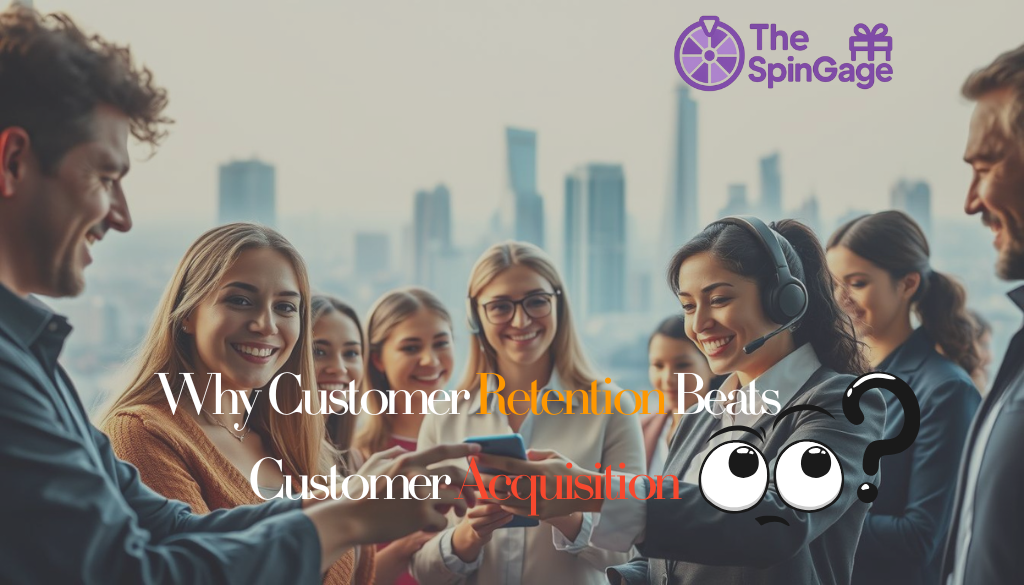
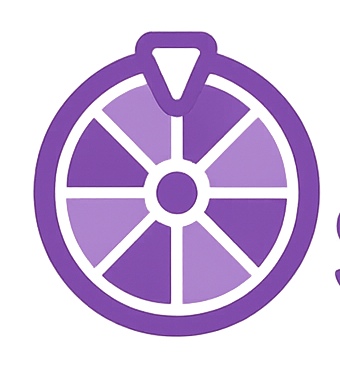

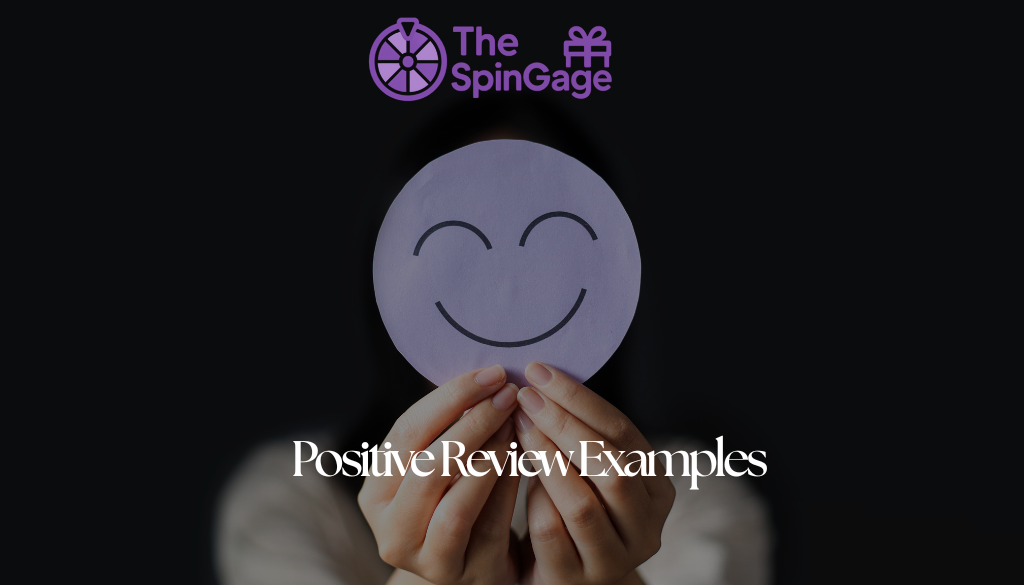
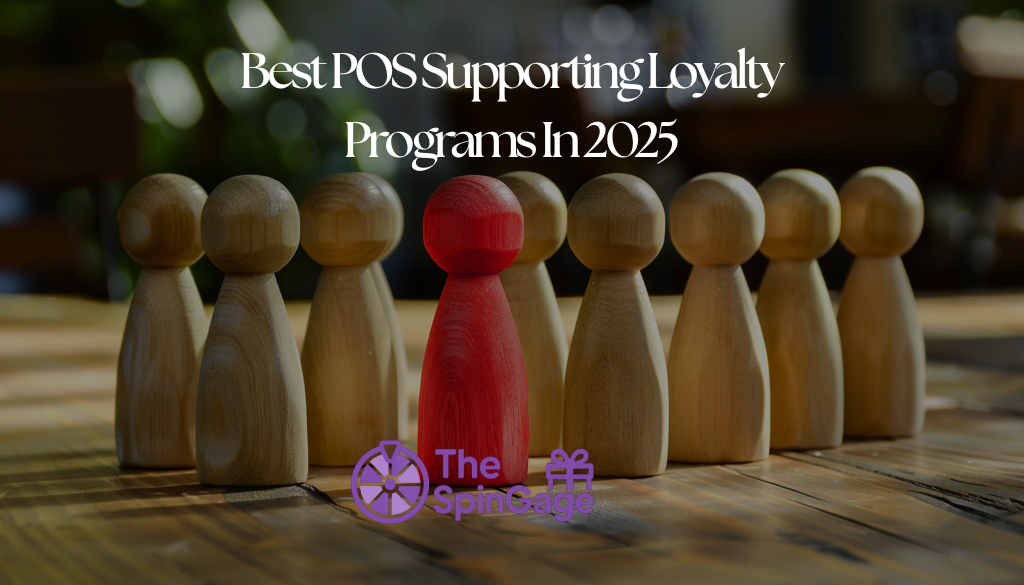
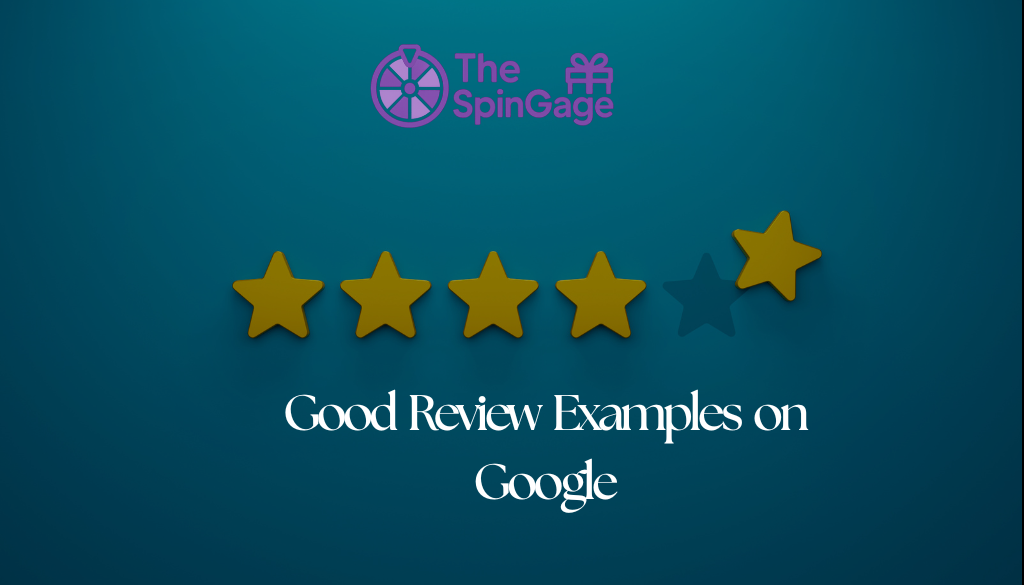



Leave a Reply